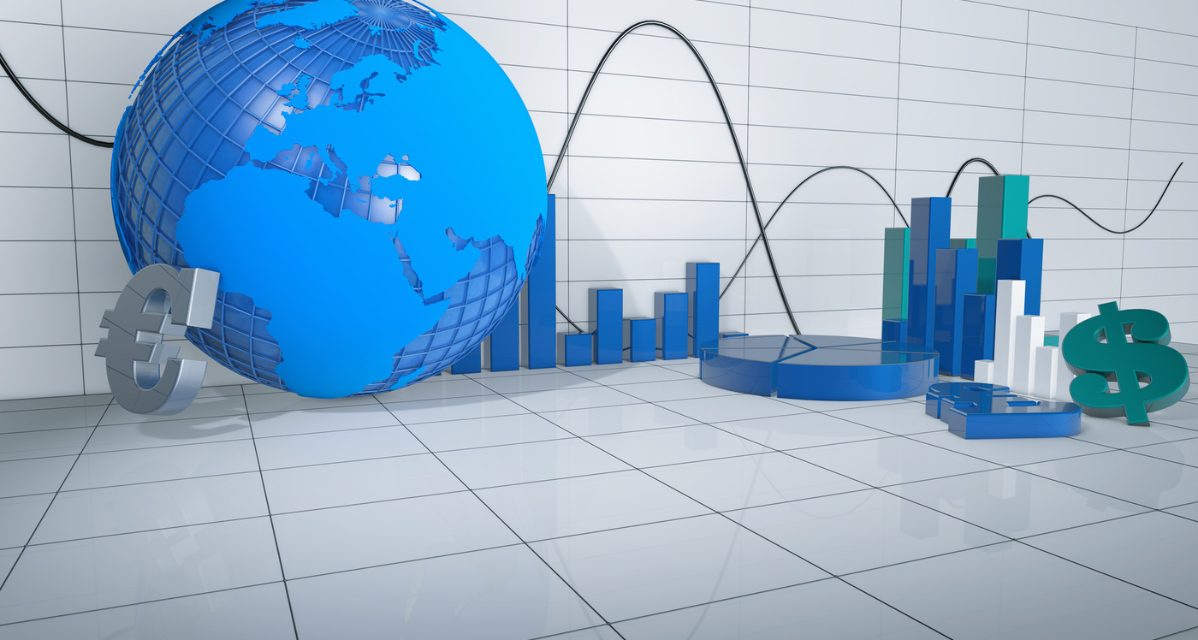Robust Week for Global Equities

At the close of business last Friday, global equities had the strongest weekly performance in months, led by US technology stocks. The yield on the US 10-year Treasury was flat at 3.77% despite a midweek spike relating to the US Federal Reserve meeting. The price of a barrel of West Texas Intermediate crude oil slipped to $70.83. Volatility, as measured by the Cboe Volatility Index (VIX), remained depressed at 13.67.
CANADIAN ECONOMIC NEWS
At the close of business on Friday, the S&P-TSX index is up 2.62% year to date. The Bank of Canada (BoC) has “unpaused,” and effectively restarted its tightening cycle by increasing interest rates by another 25bps and signalling there might still be more hikes ahead. The BoC has now hiked by 450bps in less than 18 months—one of the most aggressive hiking cycles in Canada’s modern economic history.
The central bank meets again on July 12th. The time it takes for monetary policy changes to take effect and the current policy rate being so high, the key issue isn’t whether to raise the rate one more time. Instead, we focus on three more powerful themes for the country’s economy in the coming year:
- Global central banks are knowingly keeping rates high as we likely head into a recession. The main reason is that there are still certain segments of excess demand in the economy. For example, household consumption in Canada continues to defy reality. That will keep central banks much more hawkish relative to past recessions and set a higher standard to rate cuts to the highest level we’ve seen since the 1970s.
- Some Canadian consumers are already showing signs of distress, which are likely to worsen. While Canada continues to add jobs and retail activity has been robust so far, we are concerned about the headwinds that Canadian consumers will face for the rest of 2023 and going into 2024. When we look forward, it’s clear the share of consumer income taken up by debt servicing—from mortgages to credit cards—is high and rising. In fact, consumer insolvencies have already begun to climb, a worrisome development.
- Rate hikes won’t cure our inflation woes single-handedly. Food prices, which contribute almost a third to Canadian headline inflation today, are high globally and are a function of conflicts, weather patterns and supply chain problems. Simply crushing labour demand by deterring business borrowing and consumer spending isn’t going to solve all of our inflation woes. The important market call is not so much whether the BoC hikes again or not, but when the BoC begins cutting interest rates and also by how much. Our current forecast is that the BoC only begins reducing rates in the latter part of 2023. On one hand, Canada’s recession risk is deeper than the United States, given substantially higher household debt levels. On the other, the wicked Canadian housing bubble is, implicitly, going to keep a tighter-for-longer bias within the BoC. In the end, we expect the balance of these powers to shake out into cuts within the next twelve months. Cuts are especially likely if the U.S. weakens alongside Canada and the Federal Reserve also pivots. Regardless, this is a far cry from your standard recession-rate cut cycle, and economic forecasts need to take that into account.
US ECONOMIC NEWS
At the close of business on Friday, the Dow was up 2.2%, the S&P 500 is up 11.96% and the Teck heavy Nasdaq was up a wopping 26.68% year to date.
Inflation in the US has now slowed for eleven straight months, with gas and grocery prices continuing to decline. Overall, the CPI [Consumer Price Index] declined to 4% from 4.9% in April. This represents the smallest yearly increase since 2021.
The Fed refrained from hiking interest rates at its meeting this past Wednesday.
EUROPEAN ECONOMIC NEWS
At the close of business on Friday, the British FTSE-100 is up 1.48%, the German Dax is up 14.55 and the French CAC is up 11.42%. As expected, the European Central Bank hiked its policy rate to 3.5% and signaled that a further hike in July is “likely.” After the rate move, ECB President Christine Lagarde said that the central bank has more ground to cover on rate hikes. ECB staff forecasts project that core inflation will remain more persistent than expected and end the year at 5.1%, well above the bank’s 2% target.
JAPAN, CHINA and EMERGING MARKETS ECONOMIC NEWS
At the close of business on Friday, the Chinese Hang-Seng is down -1.98% and the Nikkei is up and impressive 23.65% year to date.
As the burst of activity from China’s COVID reopening had proven less durable than expected, the central bank stepped in twice this past week to trim policy rates. First, they cut its seven-day repo rate by 0.10% and following that up later in the week with a cut of 0.10% in the rate of its one-year medium-term lending facility. Economists expect a cut in the loan prime rate next week as the government embarks on further economic support measures to boost demand.
Japan’s Nikkei 225 Index closed at 32,265.17 on Friday for the first time in thirty-three years. The index peaked just below 39,000 in 1989 before falling below 8,000 in 2003. The Nikkei is up 23.65% year to date.

